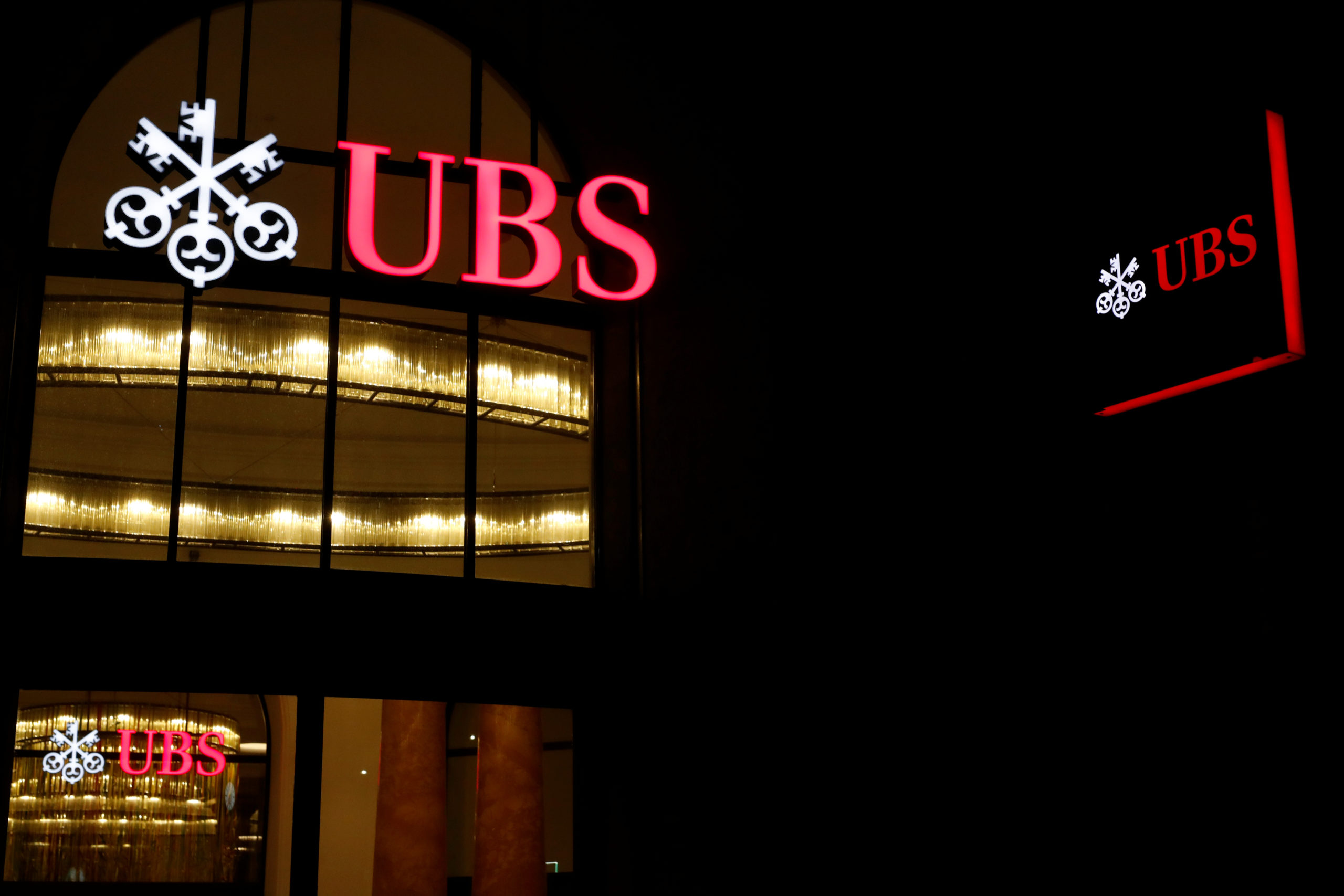UBS adds Arctic lending restrictions as ‘sustainable’ investments rise
The Swiss bank announced it will impose some Arctic-related limits to its energy investments.

LONDON — Switzerland’s UBS said the value of its ‘sustainable’ investments rose by more than 50 percent to nearly $500 billion in 2019, while lending to the energy and utilities sectors fell by 40 percent as it tightened its rules — including imposing restrictions on Arctic energy investments.
UBS, which has assets of more than 3.6 trillion Swiss francs ($3.76 trillion) and invests for some of the world’s richest individuals, has increasingly looked to carve out a market-leading position in sustainable investing.
That comes as policymakers and regulators push financial institutions to do more to help accelerate a global push to a low-carbon economy and meet the United Nations Sustainable Development Goals, tackling poverty and other global challenges.
Investments in Arctic oil and gas have been a particular target as big banks’ push for sustainability, with Wells Fargo announcing earlier this week that it will no longer invest in the sector, following JP Morgan Chase last week, Goldman Sachs last December and Barclays a year ago.
UBS’s self-imposed restrictions are less stringent than those of some of the other banks.
Since the end of the year, the company said it had further toughened its guidelines for lending to energy sector, including not financing new greenfield thermal coal mines, offshore oil projects in the Arctic or greenfield oil sands projects.
It would also only provide financing to companies with greater than 30 percent of reserves or production in Arctic oil and/or oil sands if the money was to be used on renewable energy or conventional oil and gas assets.
Transactions linked to Liquefied Natural Gas infrastructure and ultra-deepwater drilling, meanwhile, would face enhanced environmental and social due diligence, the bank said.
“As the world’s largest truly global wealth manager, we have a responsibility to take a leading role in shaping a positive future for everyone, including future generations,” UBS Chairman Axel Weber said in a statement.
“We aim to be the financial provider of choice for clients who want to engage toward the achievement of the United Nations Sustainable Development Goals (UN SDGs) while helping achieve an orderly transition to a low-carbon economy.”
What counts as ‘sustainable’ varies across institutions, but can range from simply reflecting environmental, social and governance-related risks in the investment process, to ‘impact investing’, backing projects aiming to provide a measurable positive impact on society.
UBS defines all of these as ‘core’ sustainable investments and said they had collectively risen to $488 billion by the end of the year, or 13.5 percent of total invested assets, up from $312.9 billion a year earlier.
The value of equity and debt capital market deals and financial advisory services linked to climate change mitigation and adaptation hit $87.2 billion in 2019, up from $56.5 billion in 2018.
Bank lending to the energy and utilities sectors fell more than 40 percent to $1.9 billion in 2019, equivalent to just 0.8 percent of its total gross banking products exposure, down from 1.6 percent at the end of 2018.
Corporate lending to climate-sensitive sectors was $37.6 billion in 2019, or some 15.5 percent of the group’s total $242.6 billion in lending, with the biggest slice of that, $15 billion, for the real estate sector.